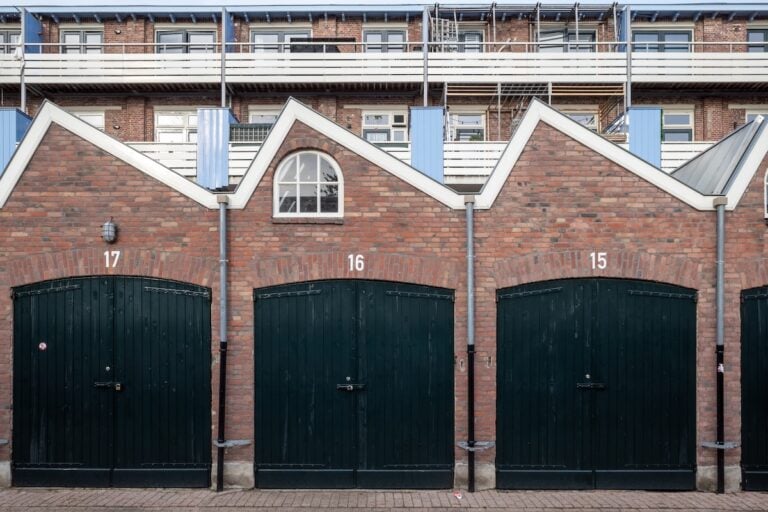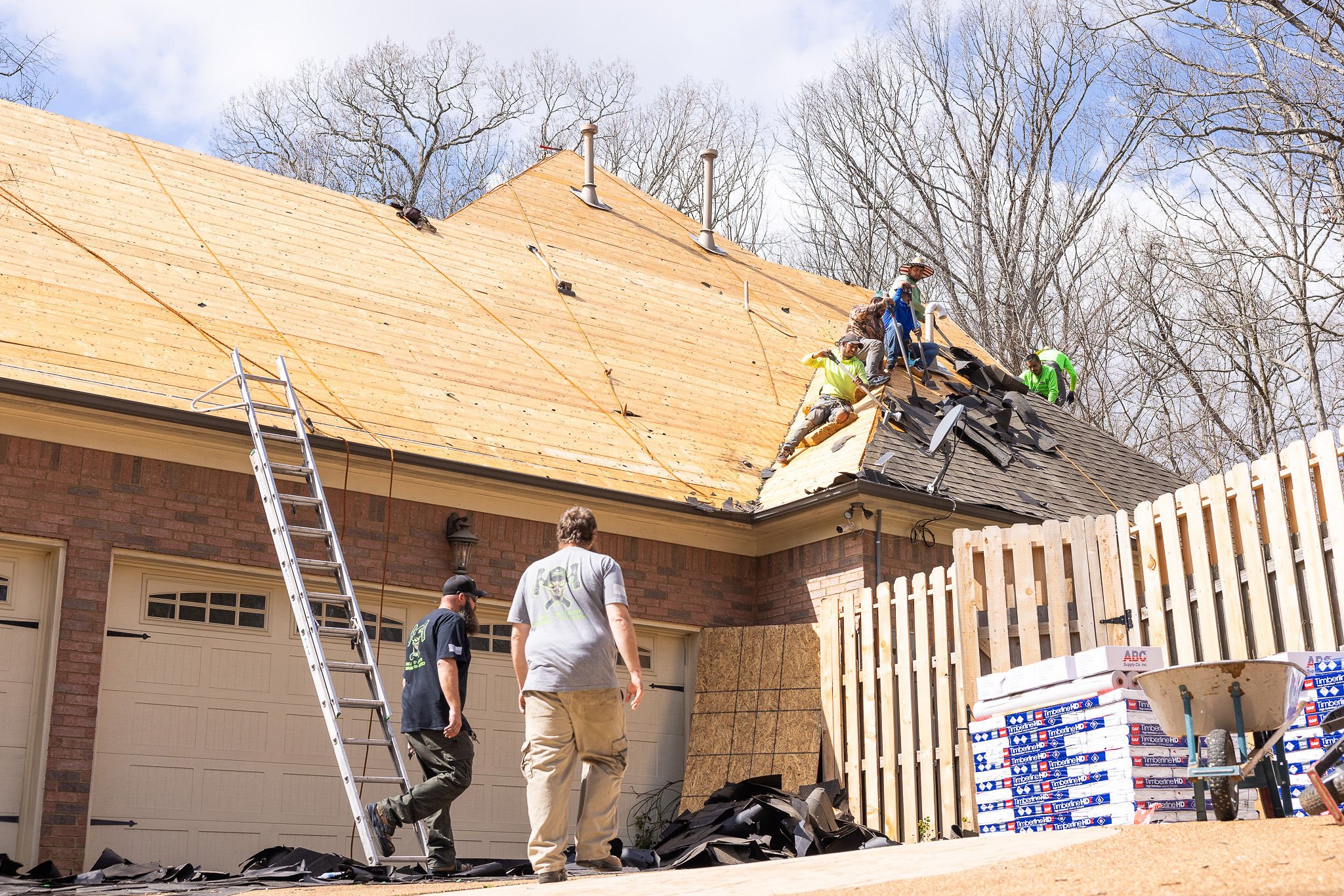The world of roofing is filled with diverse styles, each offering unique benefits and aesthetics. From traditional gable roofs to modern flat designs, the options can seem endless. However, one design that stands out for its historical significance and modern-day revival is the sawtooth roof. If you’re exploring unique options for a commercial or even a residential property, understanding this distinctive style is essential. As experts in commercial roofing, we know that the right roof does more than just protect your property; it defines its character and functionality.
A sawtooth roof is characterized by a series of ridges with dual pitches on each side. The steeper surfaces are glazed to let in natural light, while the other surfaces are opaque. This design was a hallmark of industrial-era factories, and today, it’s making a major comeback in modern architecture for its blend of style and efficiency.
This post will guide you through everything you need to know about sawtooth roofs. We’ll cover:
- The key benefits that make this design a smart choice.
- A breakdown of the design’s core elements.
- Important material and structural considerations for your project.
🌟 Why Sawtooth Roofs Are Gaining Popularity
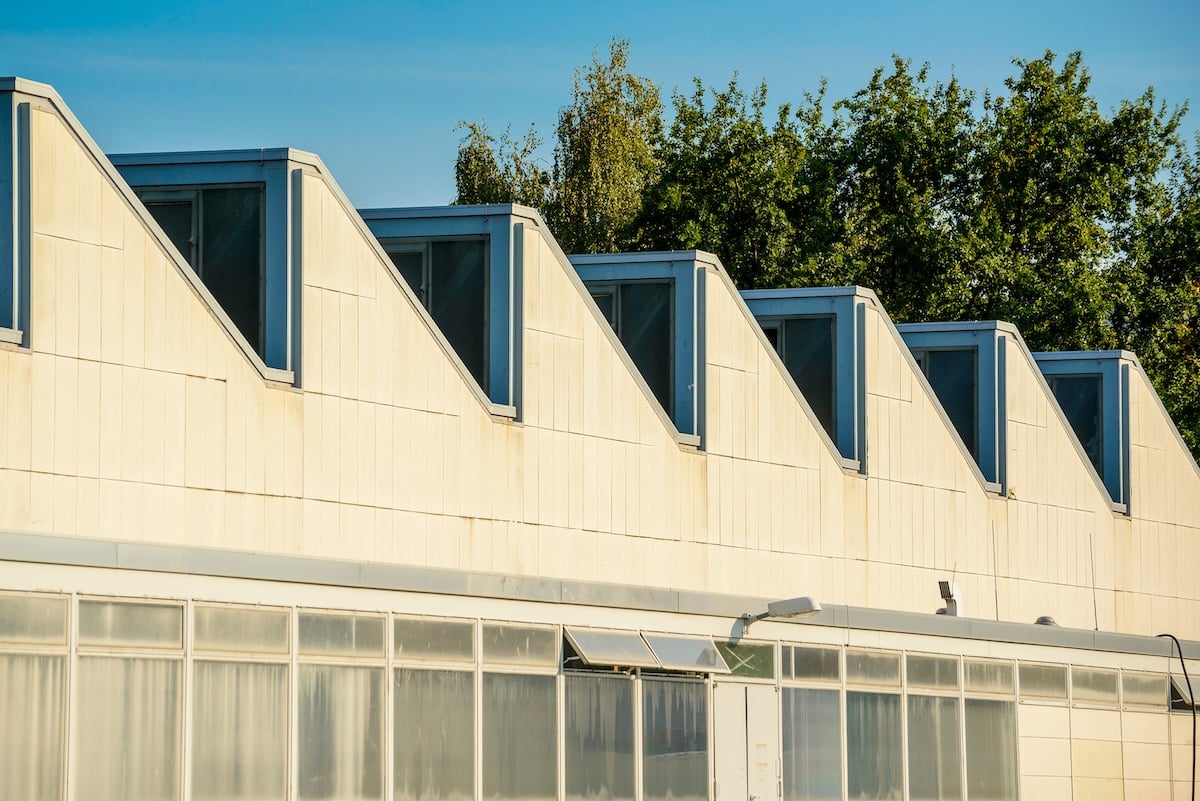
A sawtooth roof is more than just a stylistic choice; it offers practical advantages that make it an attractive option for many property owners. Its unique structure was originally designed to illuminate large factory floors before the advent of electric lighting, and those same benefits translate to modern buildings today. By understanding why this design is important, you can better decide if it’s the right fit for your property.
Here are some of the standout benefits of a sawtooth roof design:
- Abundant Natural Light: The primary advantage is the exceptional amount of natural light provided by the glass-paneled vertical sections. This can significantly reduce the need for artificial lighting, leading to lower energy bills and a more pleasant indoor environment.
- Energy Efficiency: By maximizing natural light, sawtooth roofs help decrease electricity consumption. In cooler climates, the passive solar gain from the windows can also help warm the building, further reducing heating costs.
- Spacious Interiors: The design creates high-ceilinged, open-plan interiors, which are ideal for commercial spaces like offices, studios, and galleries. The elevated structure gives a sense of volume and airiness.
- Ventilation: The vertical window sections can often be opened, allowing for natural ventilation. This helps regulate indoor temperature and improve air quality without relying on mechanical systems.
- Architectural Appeal: With its industrial-chic aesthetic, a sawtooth roof adds a unique and memorable architectural element to any building, boosting its curb appeal and market value.
🛠️ 5 Key Elements of Sawtooth Roof Design
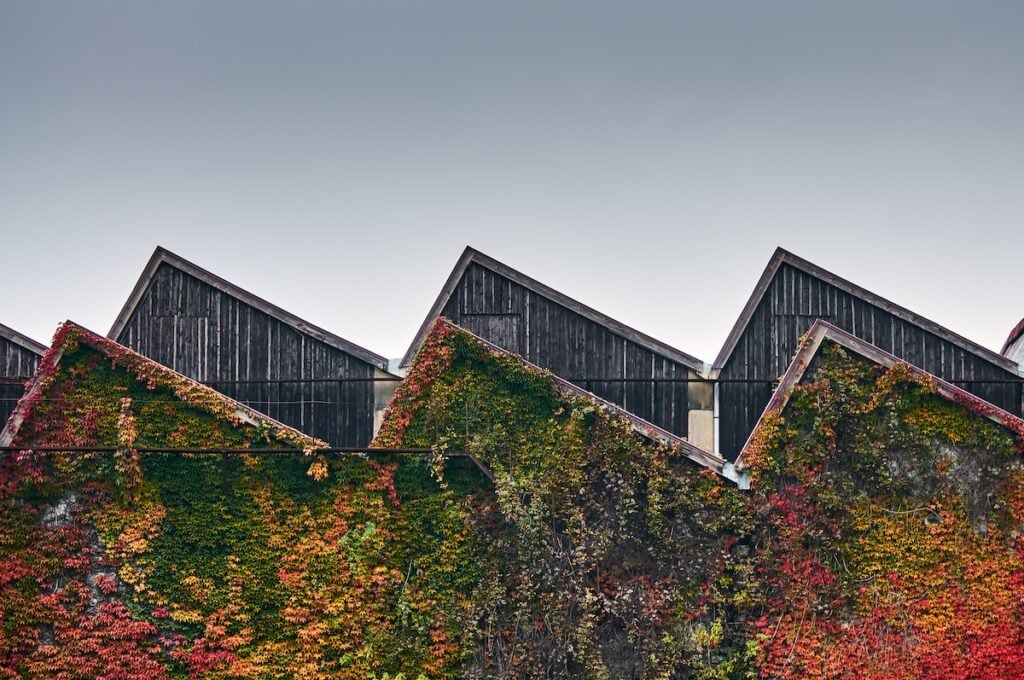
A sawtooth roof combines form and function in a way few other designs can. Its distinctive silhouette is the result of several carefully planned components working together. Understanding these elements is key to appreciating the design’s ingenuity and ensuring a successful installation. We will break down the five core components that define a sawtooth roof.
Here are the essential elements that make up a sawtooth roof:
1. The Asymmetrical Pitches
The defining feature of a sawtooth roof is its series of parallel, asymmetrical peaks. Each “tooth” consists of two roof surfaces with different slopes.
- One side has a steep, almost vertical pitch. This is the section that is typically glazed with windows.
- The other side has a gentler slope and is covered with traditional roofing materials like metal or shingles.
2. The Glazing System
The “windows” of the sawtooth roof are its most critical feature for daylighting. This glazing is installed on the steeper, vertical faces of the design.
- Historically, these windows faced away from the equator to provide indirect sunlight and avoid overheating. In modern designs, advanced glazing technologies allow for more flexibility in orientation.
- Materials can range from simple glass panels to high-performance, insulated glazing units (IGUs) that improve thermal efficiency.
3. The Structural Frame
The sawtooth design requires a robust structural framework to support the series of peaks and valleys. This frame is responsible for transferring the roof’s load to the building’s walls and foundation.
- Common materials for the frame include steel, timber, or reinforced concrete. The choice often depends on the building’s size, style, and budget.
- The frame must be engineered to handle loads from the roofing materials, wind, and snow, especially in the valleys where debris and moisture can collect.
4. The Roofing Material
The non-glazed, gently sloped sections of the roof must be covered with a durable, weather-resistant material. The choice of material impacts the roof’s longevity, maintenance needs, and overall look.
- Metal roofing is a popular choice due to its durability, low maintenance, and modern aesthetic that complements the industrial style.
- Asphalt shingles or membrane roofing are other viable options, depending on the specific slope and climate considerations.
5. The Drainage System
Proper drainage is crucial for any roof, but it’s especially important for a sawtooth design. The valleys between the peaks can collect water, snow, and debris if not managed correctly.
- An effective drainage system typically includes gutters and downspouts integrated into each valley to channel water away from the structure.
- The design must ensure there is no risk of standing water, which could lead to leaks, water damage, and structural issues over time.
🧱 Material and Structural Considerations
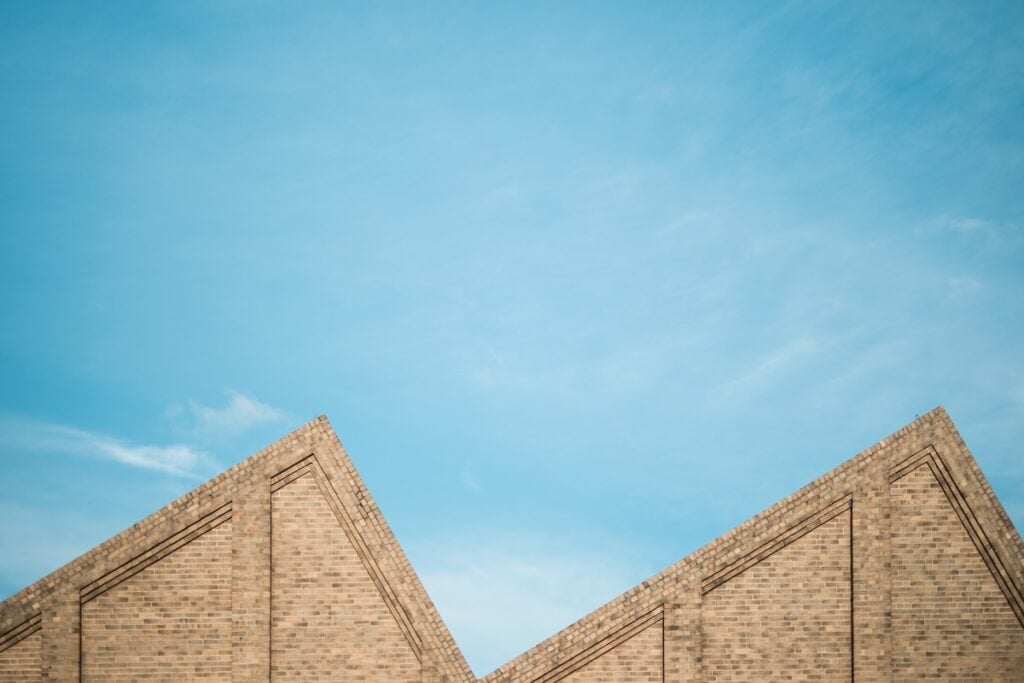
Choosing the right materials and ensuring a sound structure are fundamental to the success of a sawtooth roof project. The unique geometry of this design presents specific challenges that require careful planning and professional expertise. From the framework to the final covering, every choice impacts the roof’s durability, performance, and appearance.
Here are some key considerations to discuss with your roofing contractor:
Framework Materials: The skeleton of your sawtooth roof needs to be strong and durable.
- Steel: Offers excellent strength-to-weight ratio, making it ideal for creating large, open interior spaces. It’s also fire-resistant and recyclable.
- Timber: Provides a warm, natural aesthetic that can soften the industrial look. Laminated veneer lumber (LVL) or glulam beams are often used for their strength and stability.
- Reinforced Concrete: A heavy-duty option suitable for large commercial or industrial buildings, offering exceptional durability and fire resistance.
Roofing Materials: The material on the sloped, opaque sections must be chosen to withstand the elements.
- Standing Seam Metal: A top choice for sawtooth roofs. Its clean lines complement the modern industrial style, and it offers excellent durability, longevity, and weather resistance.
- Single-Ply Membranes (TPO, EPDM): Often used on low-slope commercial roofs, these membranes provide a seamless, waterproof barrier. They are a practical and cost-effective solution for the gentler slopes of a sawtooth design.
- Asphalt Shingles: While less common for this style, architectural shingles can be used if the slope is steep enough and you’re aiming for a more residential look.
Glazing Options: The windows are the heart of the design, so choosing the right glazing is critical.
- Insulated Glazing Units (IGUs): Double or triple-paned windows with gas fills (like argon) to improve thermal performance and reduce heat loss.
- Low-E Coatings: Low-emissivity coatings can be applied to the glass to reflect infrared light, keeping heat out in the summer and in during the winter.
- Laminated or Tempered Glass: Safety is paramount, especially for overhead glazing. These options are stronger and designed to break in a safer manner than standard glass.
✅ Ready for a Modern Industrial Roof?
A sawtooth roof is a fantastic way to blend historical charm with modern performance. By maximizing natural light and creating dramatic, open interiors, this design offers both aesthetic beauty and practical, energy-efficient benefits. Whether for a new commercial building or a unique residential project, a sawtooth roof makes a bold statement.
However, the complexity of its design means that proper installation is key to its long-term success. From ensuring structural integrity to perfecting the drainage system, you need a team with the right expertise.
If you’re considering a sawtooth roof for your property in Tennessee, Arkansas, or Mississippi, let the experts at Summit Roofing & Restoration help. Our team has the skill and experience to bring your vision to life. Contact us today!
